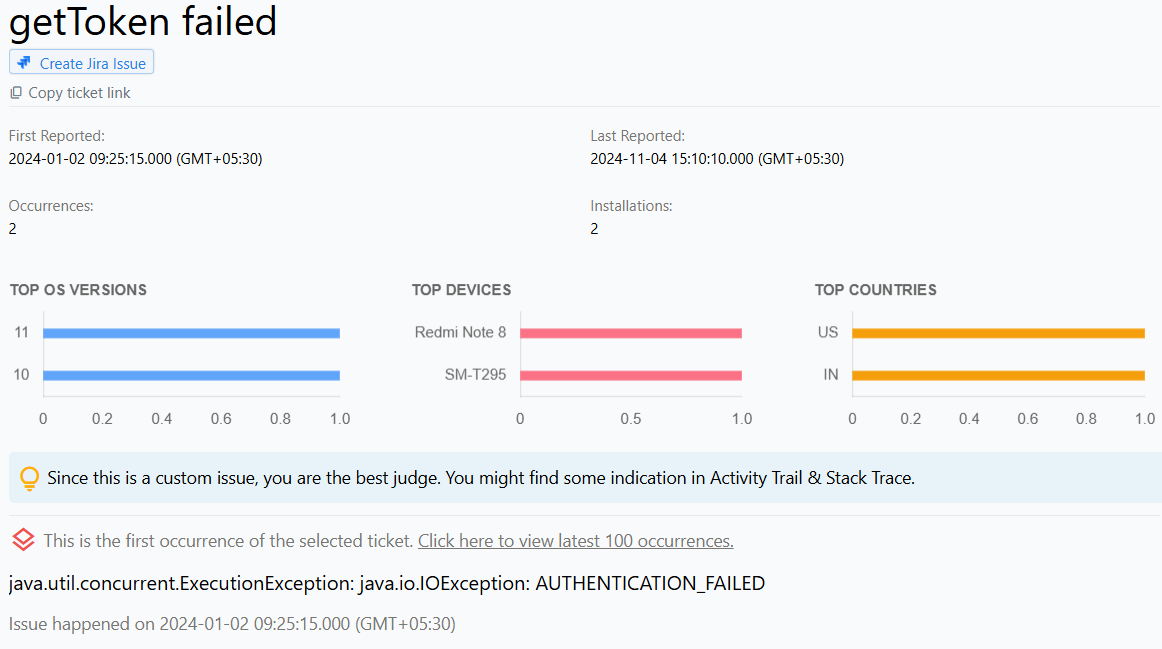Detect custom issues in Android apps
How to identify and report custom issues in Android apps to improve user experience.

Detect custom issues in Android apps
What are Custom Issues in Android apps?
Custom issues in Android applications refer to fail conditions that can be anticipated by the developer. These issues may not necessarily cause the app to crash, but they can negatively impact the user experience. Examples of custom issues include slow network connectivity, server unavailability, or an invalid user input.
Developers can use a single line API provided with the SDK to report these issues in their Android apps. By reporting custom issues, developers can proactively identify and address potential issues before they negatively impact the user experience.
Reasons for Custom Issues in Android apps
Custom issues in Android applications can arise due to a variety of reasons. Some common examples of custom issues include:
- Payment failures
- Login errors
- Slow network connectivity
- Server unavailability
- Invalid user input
- Hardware compatibility issues
How do we use the information in the screenshot to fix Custom Issues in Android apps?
An issue report for custom issues in Android applications typically includes a description and detailed description of the issue, set by the developer. In addition, the report may include an activity trail that provides chronological information about the events leading up to the issue.
By analyzing the description and detailed description, as well as reviewing the activity trail, developers can identify the necessary data points to help diagnose and fix the issue.